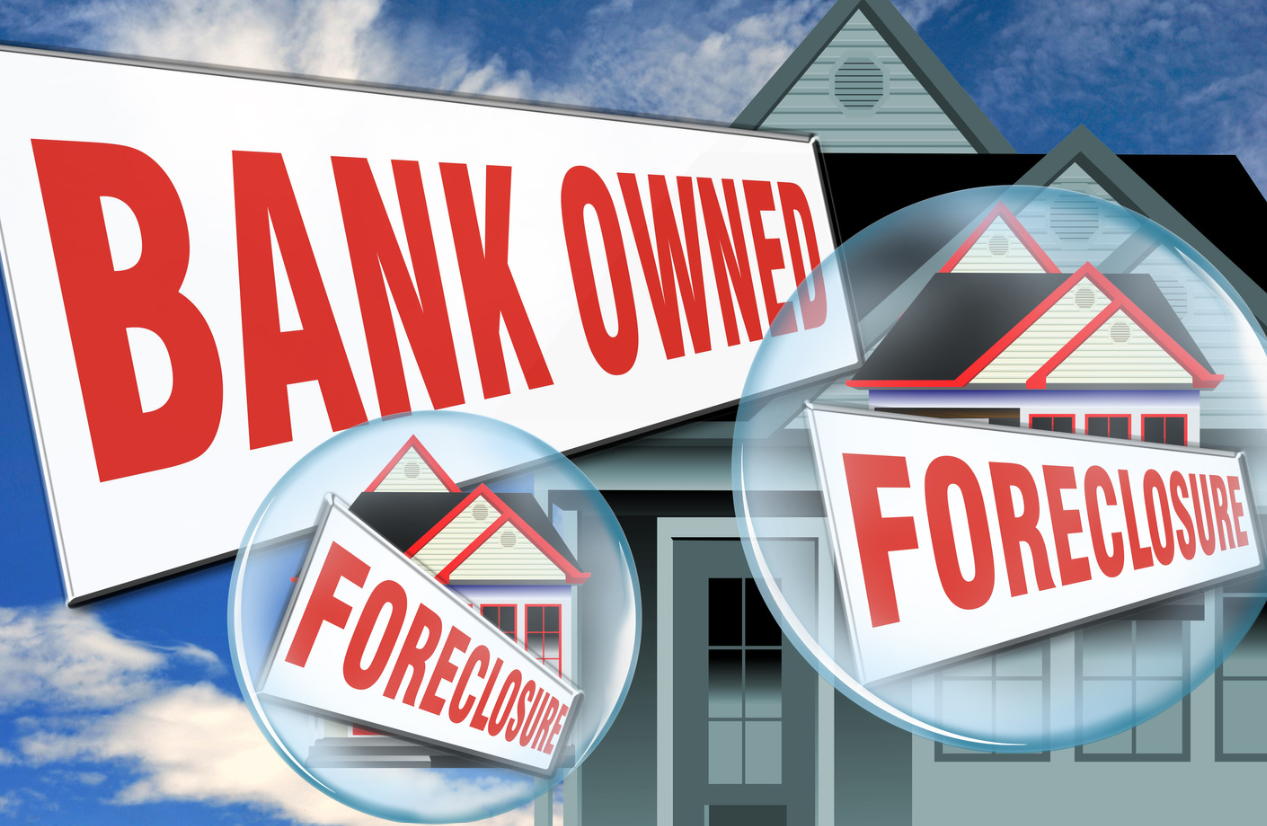In the last post, we looked at how bank failures can lead investors to bonds which, subsequently, pressure mortgage lenders to lower their interest rates. In this installment, we examine the implosion of a bank and how its real estate assets are consequently impacted. Real estate owned (REO) properties are those that were once collateral to an active mortgage but were seized in foreclosure actions. At this point, the bank owns the house, building or lot and will seek to recoup its losses from a defaulted mortgage. The procedures and standards for doing so vary from one financial institution to another.
How Does the REO Process Work?
What happens when a home becomes the property of a bank? It all begins at the mortgage closing when a borrower/owner signs the loan documents. The note is the agreement between both parties to honor the terms of the loan whereas the mortgage is the instrument that names the subject property as collateral for the loan. Here -- and with accompanying documents -- a borrower concedes that default will lead to foreclosure which can, ultimately, lead to the bank assuming ownership of the collateral and evicting the borrower.
Ordinarily, banks will work with mortgagees, to the best of their ability, to catch up on payments so foreclosure becomes unnecessary. However, after a number of months of missed or short payments, the lender no longer views the loan as an investment. In fact, without any return, it becomes a liability and the institution has little choice but to cut its losses, possess the property and try to sell it. Often, the vehicle for sale is an auction. Still, just as often, the real estate goes unbought. This is when the house or building is among the holdings in a bank's REO portfolio.
Banks have different rules concerning REO properties and their disposal. On the one hand, they might choose to place the house with a real estate broker, giving it exposure through the listing services. In addition to ejecting the prior owners, the lender must also pay off any subordinate liens attached to the property. Following these steps, the bank -- in consultation with the broker -- then determines a reasonable sales price for the house. A big factor in so doing is how much of the foreclosed loan remains unpaid since this is the purpose of foreclosure. Meanwhile, property taxes are the lender's responsibility. This explains why banks view their REOs as liabilities.
What Happens to REOs when a Bank Fails?
Do REO requirements, home value thresholds or any other criteria for sale and purchase change when a bank collapses? This is answerable from three angles. Ahead of failure, when a financial institution discerns its inability to retain enough liquid assets, it may loosen its REO guidelines to offload more property quickly. Once failed, however, the bank will await takeover by another institution or go into receivership with the FDIC, for example. A successor bank is obliged to honor the contracts the failed bank entered into. So, any REO sales in progress will remain unaffected by the transfer of bank ownership. Held properties, not under contract, are subject to the new bank's rules.
The FDIC and other receiver entities use a variety of means to dispose of failed bank REO assets, including realtors, online listings, auctions and other avenues. Since this agency's aim is solely to sell these properties off, it is often more flexible with regard to the sale price to home value ratio than a private bank would be. Investors check its listings regularly.





